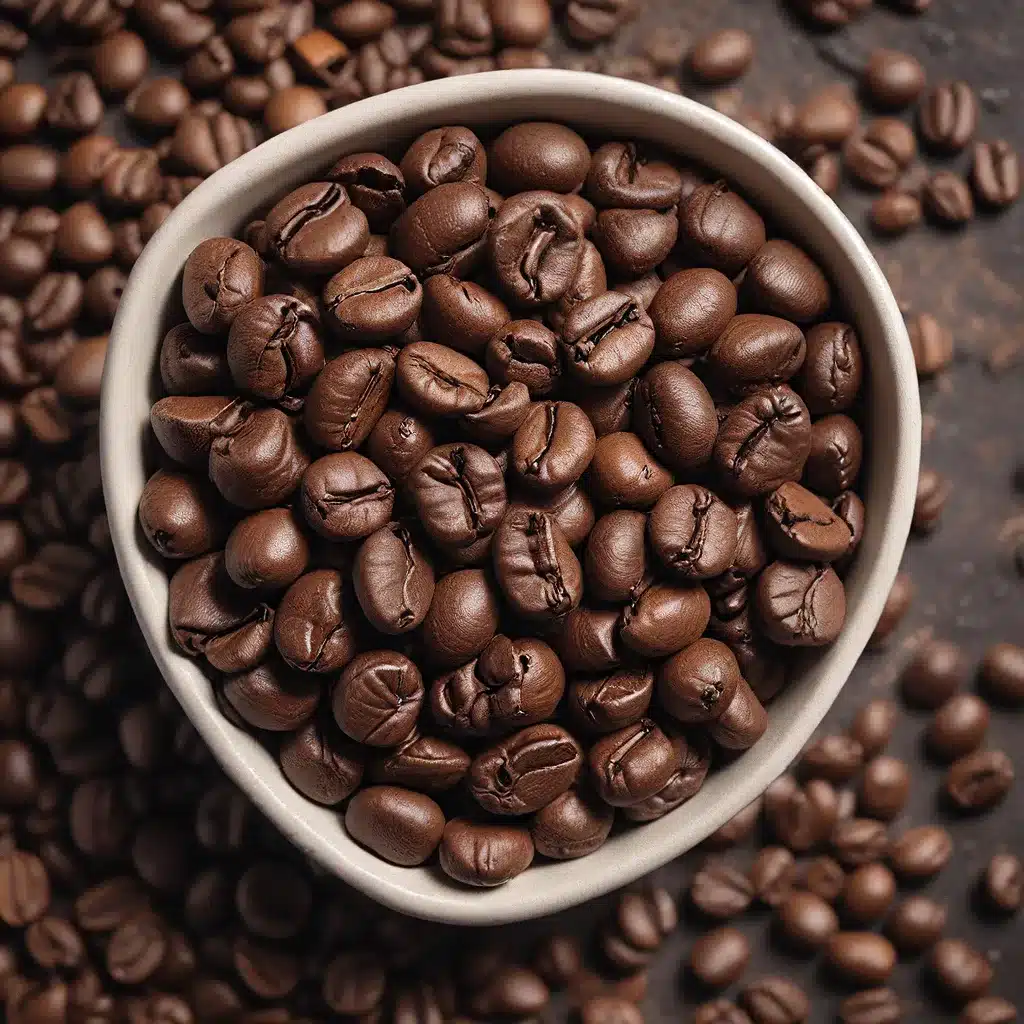
As a true coffee connoisseur, I’ve always been fascinated by the incredible diversity of flavors that can be found in a simple cup of joe. From the delicate floral notes of an Ethiopian bean to the rich, chocolatey goodness of a Sumatran roast, the range of taste experiences is truly astounding. But what exactly is behind this remarkable variety? Well, my friends, the answer lies in the intriguing world of microclimates.
Unraveling the Mysteries of Microclimate
Microclimates are the subtle, localized variations in environmental conditions that can have a profound impact on the flavor profile of coffee. We’re talking about factors like temperature, precipitation, soil composition, and even the angle of sunlight – all of which can differ dramatically from one farm, or even one section of a farm, to the next.
It’s like a culinary choose-your-own-adventure – the same coffee variety, grown just a few miles apart, can end up tasting completely different. And it’s not just about geography; even subtle differences in farming practices, processing methods, and post-harvest handling can further accentuate these microclimatic influences.
As the folks at Bunafr put it, “One coffee from Nicaragua might have bold tropical fruit notes while another from Papua New Guinea may have complex spice and pine subtleties.” It’s a level of nuance that can make even the most seasoned coffee lover’s head spin.
Exploring the Coffee Map, Farm by Farm
I’ll never forget the first time I dove into a single estate coffee subscription. It was like being transported to a whole new world of flavor, with each monthly delivery revealing the unique character of a different farm or cooperative. One month, it might be a bright, citrusy number from Kenya; the next, a rich, syrupy delight from Sumatra.
Sips Coffee House has an incredible selection of these single-origin gems, each one a reflection of its terroir. And when you really start to explore the “corners of the coffee map,” as Bunafr so eloquently puts it, the flavor discoveries are truly endless.
The Art and Science of Blending
Of course, as much as I love exploring the nuances of single-origin coffees, there’s also a lot to be said for the magic of blending. By carefully combining beans from different regions and processing methods, skilled roasters can create flavor profiles that are simply impossible to achieve with a single origin.
As the team at Bunafr explains, “Blending a deep-noted Sumatra with a bright and exciting Nicaragua takes the best of both beans to form a well-rounded and interesting flavor profile with complementary flavors and aromas.” It’s a delicate balance, to be sure, but when done right, the results can be truly sublime.
And let’s not forget the practical benefits of blending, too. These balanced, multi-origin concoctions tend to be a bit more forgiving when it comes to brewing, making them a favorite among espresso enthusiasts and cafe-goers alike.
Reaching the Outer Edges of Coffee Flavor
But if you really want to push the boundaries of coffee flavor, you’ve got to dive into the realm of exotic, award-winning microlots. These are the rare, limited-edition beans that fetch astronomical prices from high-end roasters – the kind of stuff that most coffee lovers can only dream of tasting.
As the Bunafr team puts it, “These are the beans that large-scale commercial roasters sell for hundreds of dollars per pound. As a home roaster, you can access them for a fraction of the cost – it’s the best way to venture to the wondrous outskirts of coffee sensory experiences.”
We’re talking about things like 90-point Geishas, exquisite Yemeni beans, and other mind-blowing coffees that represent the absolute pinnacle of what the bean can offer. And while the price tag might make your eyes water, the chance to explore these rarified flavors is truly something special.
Tasting the Terroir, One Sip at a Time
As I sip my way through the ever-evolving world of coffee, I’m constantly in awe of the way that microclimates, farming practices, and processing methods can shape the flavors in my cup. It’s a level of complexity that goes far beyond simply country of origin or even varietal.
As Slate points out, “Coffee terroir is defined by far more than country of origin. Factors like elevation, soil, weather patterns, and even specific farming and processing techniques all play a role in creating the unique flavor profiles we associate with certain coffee-growing regions.”
And the best part is, we’re still just scratching the surface. With ongoing research and experimentation, I can only imagine what new and exciting flavor frontiers await us in the world of specialty coffee. All I know is, I can’t wait to keep exploring – one delicious sip at a time.














